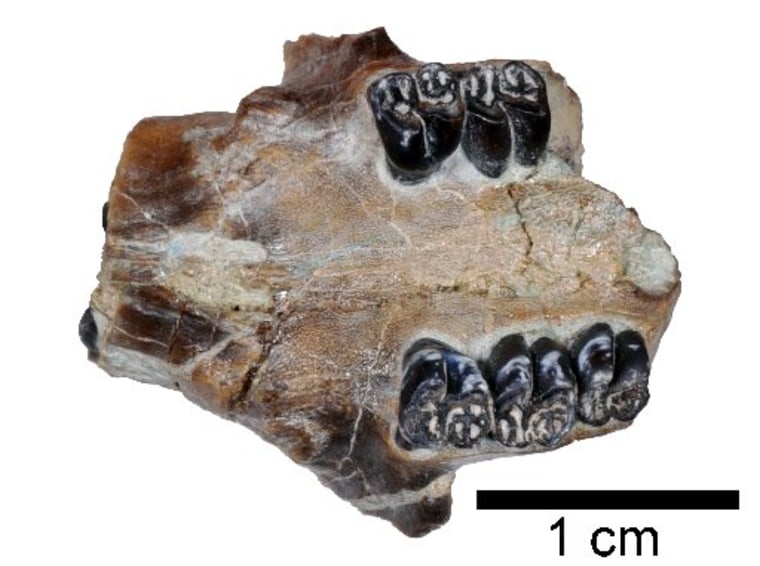A fossilized skull and teeth from a newly described species of beaver that lived 28 million years ago have been unearthed in eastern Oregon. The fossils worked their way out of the soil within a mile of the visitor center at the John Day Fossil Beds National Monument, said the monument's paleontologist, Joshua Samuels. The find is significant, he said, because unlike the other species of ancient beavers found at the monument, this one appears related to the modern beaver, a symbol of Oregon found on the state flag. The others all went extinct.

The species is named Microtheriomys brevirhinus. It was less than half the size of a modern beaver and related to beavers from Asia that crossed the Bering land bridge to North America about 7 million years ago, Samuels said. It roamed what is now the monument during the Oligocene period, about 30 million years after the dinosaurs, along with three-toed horses, a two-horned rhinos, giant pigs, saber-tooths, rabbits and several species of dogs. The fossils, and those of 20 other rodent species, were described in the May 15 edition of the journal Annals of Carnegie Museum.
University of Oregon paleontologist Samantha Hopkins said in an email it will be exciting to analyze the find in an evolutionary framework. "While there is relatively little castorid (beaver species) diversity today, there are hundreds of species (many of which are really important members of their faunal communities) in the fossil record of the Northern Hemisphere, and a better understanding of their diversity and evolutionary relationships has a lot to tell us about processes driving mammalian evolution over the last 40 million years," she wrote.